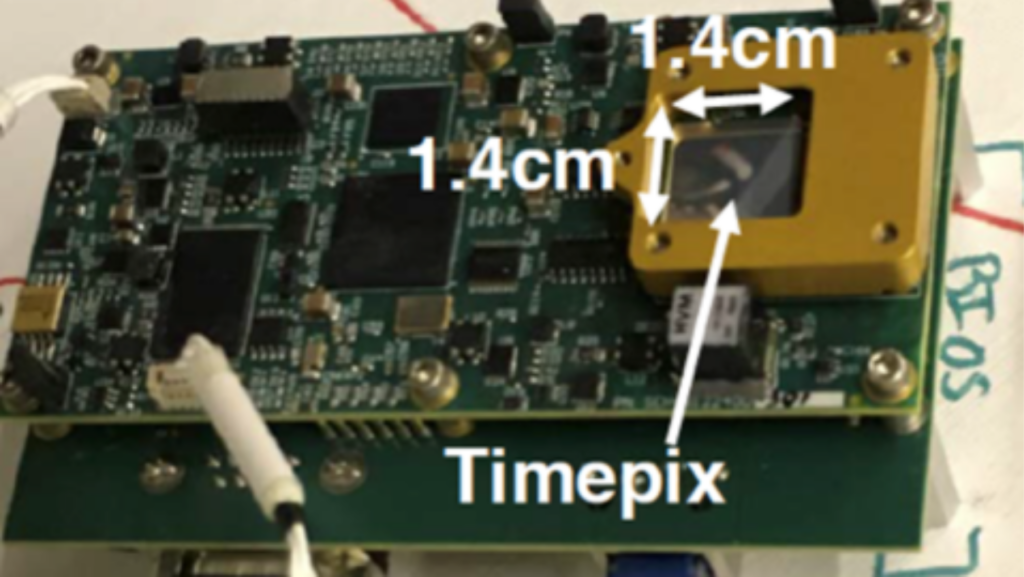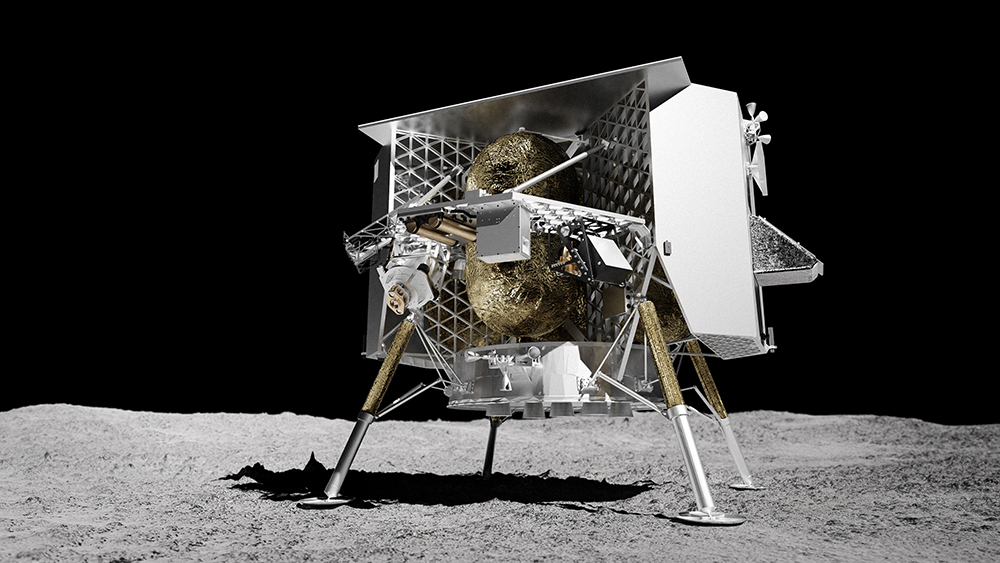It was to be the first cosmic radiation detector in history, providing real-time information about dangerous radiation directly from the Moon’s surface. The heart of the LETS sensor, supplied to the Peregrine lander by engineers from NASA’s Johnson Space Center, is the lightweight, energy-efficient, and versatile Timepix particle detector module. Based on technology from the European Organization for Nuclear Research (CERN), it was developed and manufactured by the Czech company ADVACAM. However, due to a propulsion system failure, the mission will end tonight around midnight with the lander’s demise in Earth’s atmosphere.
The Peregrine lunar lander was supposed to touch down on the Moon on February 23, 2024. The lander, weighing over a ton and built by the American company Astrobotic Technology, is part of NASA’s Commercial Lunar Payload Services (CLPS) program. However, the control center detected a problem with the propulsion system about seven hours after launch. Consequently, the Vulcan Centaur rocket’s payload could not achieve the required stable orientation.Due to these problems, the probe was unable to perform the maneuver to adjust its trajectory, from which it could later safely reach an orbit around the Moon.

Image: NASA / JSC
On January 17, Astrobotic announced that Peregrine, along with all its precious cargo, will burn up in Earth’s atmosphere on the night of Friday, January 19, specifically in the region south of Fiji. Along with other excellent scientific equipment, the Czech module, which was to provide valuable data on the composition of radiation on the lunar surface, will also be lost. “This sensor will measure the rate of incident radiation providing, information that is critical to understanding and mitigating the hazardous environment that people will experience as they explore the surface of the Moon.,” describes the radiation sensor on NASA’s official CLPS website. [1]
“The failure of the Peregrine mission is a great loss for scientists around the world. The probe was to help obtain key data for the planned return of humans to the Moon as part of the American Artemis program. A substantial part of this knowledge was to be data on the composition of radiation in the Sinus Viscositatis area. Unlike previously used space dosimeters, our chips can determine the type and energy of each individual particle they detect. Since different types of radiation have completely different impacts on human health or the functionality of electronics, this information could have been extremely useful for planning a longer human presence on the Moon,” explains Jan Jakůbek, co-founder and scientific director of the Holešovice company ADVACAM.
Are you curious about how our technology can improve your field?
We are ready to answer any inquiries
About ADVACAM
ADVACAM, a spin-off of the Institute of Technical and Experimental Physics at the Czech Technical University (CTU), is an official commercial supplier of radiation detectors for NASA. Products from this Prague-based company have already been aboard the unmanned flight of the Orion spacecraft, which circled the Moon in 2022. Its MiniPIX detectors also map radiation aboard the International Space Station (ISS), and the company is currently developing a detector for the European Space Agency to measure potentially dangerous radiation inside the planned international lunar orbital station Gateway.
Contacts:
Jan Jakůbek, CSO ADVACAM: +420 603 589 854, jan.jakubek@advacam.cz
Jan Sohar, CEO ADVACAM: + 420 603 444 122, jan.sohar@advacam.cz
Martin Tyburec, Head of Communications: +420 732 670 960, martin.tyburec@advacam.cz
Sources of information and photos:
https://science.nasa.gov/lunar-science/clps-deliveries/to2-astrobotic/
https://home.cern/news/news/knowledge-sharing/timepix-cerns-galleries-moon
https://en.wikipedia.org/wiki/Peregrine_Mission_One



